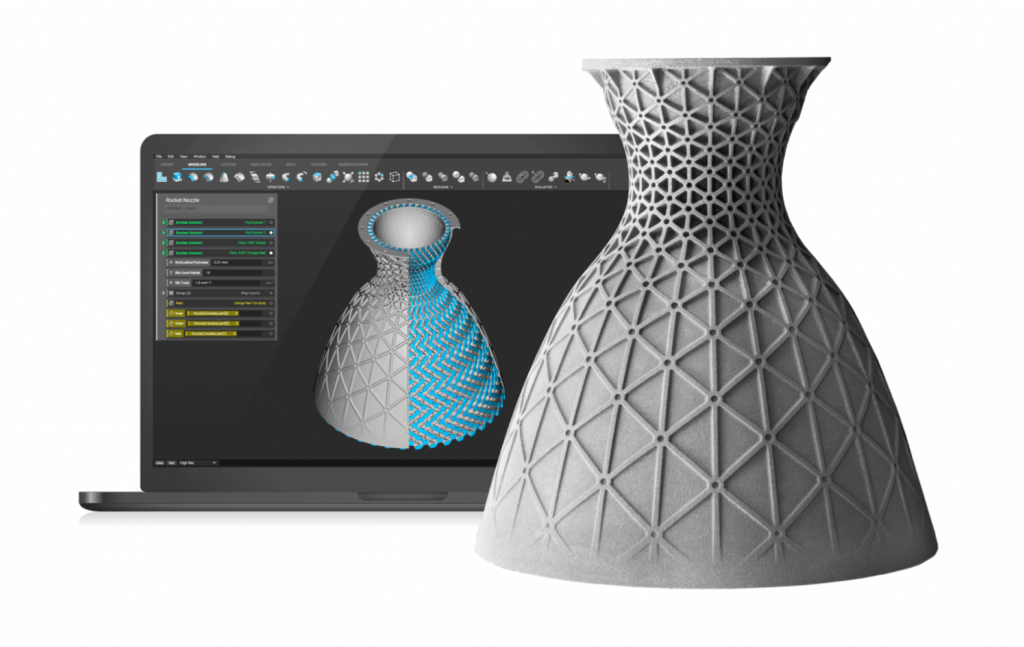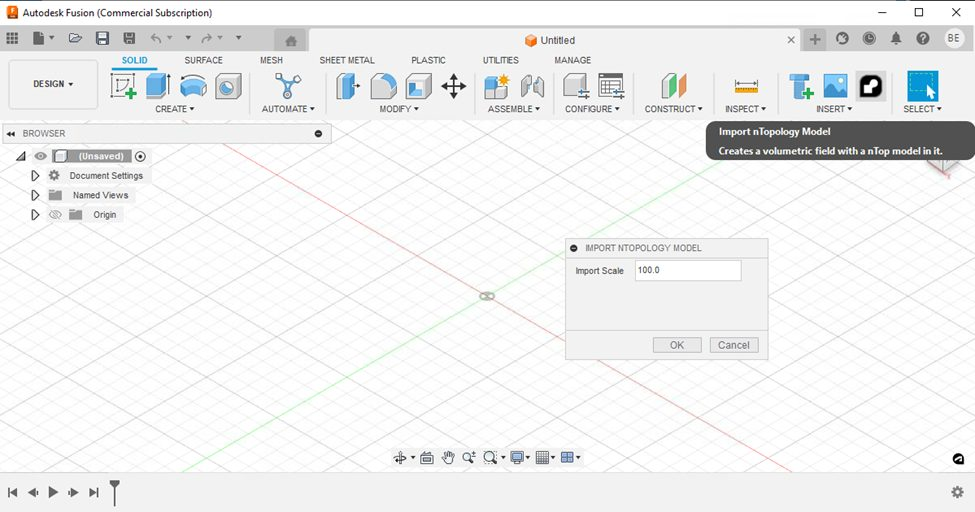Our focus within the additive manufacturing (AM) industry often centers on the 3D printer itself, but it’s important to remember that it’s just one element in a complex sequence of processes. This toolchain, which transforms our ideas into tangible parts, includes authoring software, nesting tools, 3D scanning, topology optimization, post-processing, and other finishing steps. While the shape of a part may be formed within the machine, its actual creation occurs outside of it. To gain insights into the future of 3D printing, we’ve consulted leading experts to forecast major trends for an exciting 2024.
Stefan Ritt, a long-time AM veteran, foresees the rise of Asian manufacturers significantly impacting the market. He envisions the defense sector as a major user of 3D printing technology. Additionally, he is bullish about the use of copper in e-mobility and rocket applications.
“AI will discover AM as well and with its rapid growth speed, there will be first attempts to eliminate human designers and engineers by AI for 3D printed parts,” Ritt said. “This will open Pandora’s box in a lot of different aspects, and our industry has to be prepared and watch that very closely to react fast if needed. AI will be combined with open access CAD design databases, and that will make technical design much faster and more comprehensive for everyone, which will be good and bad. In the B2B field, we need a shift to everyday use of AM technology. This will require easy access and simple-to-use CAD- and Process-SW-tools, as well as increased compatibility and communication interfaces among the machine parks. UMATI by the German toolmakers association is one of the initiatives here, which also bridges the use throughout the whole machine park and not only AM equipment. If that happens, the broad midsize business world will adapt AM as an everyday work tool. This problem is also becoming increasingly more important in view of the skilled labor shortage and the high payment level of labor in Western countries. In the B2C AM field, we will need access to 3D data of spare parts to enable repair and spare parts production. The EU legislation will finally bring the ‘right to repair’ initiative into place with a delay, and that will support this trend.”
I appreciate Stefan’s approach of looking beyond 3D printing to a broader industry scope for identifying trends. Our industry can be self-absorbed at times, yet it’s important to acknowledge that numerous other machines exist, and their utilization is poised to drive the adoption of new standards and interoperability.
Bradley Rothenberg, CEO of nTopology, shared with us his insights into three main trends:
“I expect to see more technology integrations between AM software and hardware manufacturers as customers increasingly demand better, more efficient workflows,” Rothenberg said. While he believes that engineering and design are more “about using data and live computation to optimize designs” and “it’s no longer about flat, dead files,” Rothenberg also thinks that “Digital manufacturing new design tools are enabling design teams to create more capable, higher performing, and more complex parts. This trend is driving the worlds of additive manufacturing and traditional manufacturing closer together. For example, additive manufacturing is being used more frequently to create molds for injection molding, and sheet metal companies are using robots to create previously unmakeable geometries.”
Alexander Oster, who heads up Autodesk´s Additive Manufacturing division, told us:
“In the current macroeconomic climate, profitability and positive cash flow are key to survival. The past hype years have left many companies overbloated and extremely vulnerable. In 2024, we will see all public and certainly all companies with questionable business models being forced to rebrand themselves as AI manufacturing companies – either to please investors or to have the slightest chance to attract new capital. It is not completely unrealistic that this will accidentally solve a few technical issues that almost all additive manufacturing processes have had for decades. Addressing quality and repeatability with software is clearly happening in the FDM printer space, and will also increasingly happen on the industrial side. So, the pressure on the market might have a few very healthy consequences in the long term.”
I hope that we don´t get too many instances of firms rebranding themselves as AI-driven in the future.
Over at Authentise CEO Andre Wegner told us:
“Defense and Oil & Gas markets are on a straight path to making the spare parts use case a reality, and there really were a number of million-plus part use cases this year. So, we’ll see actual, sustainable growth in the industry – just not as fast as investors had hoped for, or as SPAC founders had promised. The supply chain crisis during COVID, and China’s shift to domestic production, are bringing sharper focus to this area. The US invested $18.5 billion into factories in October 2023 alone. The US defense budgets, particularly the Navy’s ambition to build three submarines a month, will drive further onshoring. These are real-world dollars, and some of it will trickle down to the additive industry. How much trickles down will be determined by the maturity of the tools we have on offer.”
“The world of 3D scanning is set to surge in 2024 with the launch of the Apple Vision Pro. The question arises: where will all the 3D content come from? Certainly, much will be created for games and experiences, but a significant portion will also come from real-world scenes and object assets, captured with high dimensional accuracy and photo-realism. In response, we are developing pipelines based on ‘metrology-grade photogrammetry’ for reality-based content capture. It just makes sense: use great cameras, powerful computers, and amazing software, and you end up with superior 3D scanning applicable to a wide range of exciting projects, including industrial metrology.”
Subscribe to Our Email Newsletter
Stay up-to-date on all the latest news from the 3D printing industry and receive information and offers from third party vendors.
You May Also Like
3D Printing News Briefs, April 27, 2024: Research, Digital Dentistry, Cycling, & More
We’re starting today’s 3D Printing News Briefs with some research into 3D printed luminescent quantum-dot polymer architectures and free-form laser beam shaping, and then on to an open source 4-axis...
HP & INDO-MIM Collaborate to Boost Metal 3D Printing in India
HP Inc. and INDO-MIM, a US- and India-based supplier of metal injection molding (MIM) powders and contract manufacturer, have announced that the two companies will collaborate to accelerate additive manufacturing...
3D Printing News Briefs, February 17, 2024: Shot Blasting, Service Bureaus, & More
In today’s 3D Printing News Briefs, we’re starting out with post-processing, as SKZ Würzburg is using a shot blast system from AM Solutions for its research. Moving on to business,...
3D Printing News Unpeeled: Not That Kind of Organ 3D Printing
GKN Aerospace will create a 150 jobs in Trollhattan Sweden with an investment of $60 million part of which comes from the Swedish Energy Agency’s Industriklivet initiative. The investment will...
































